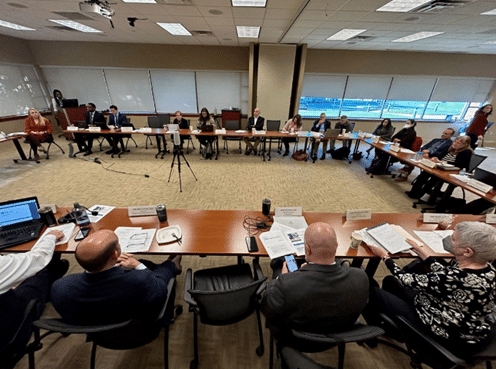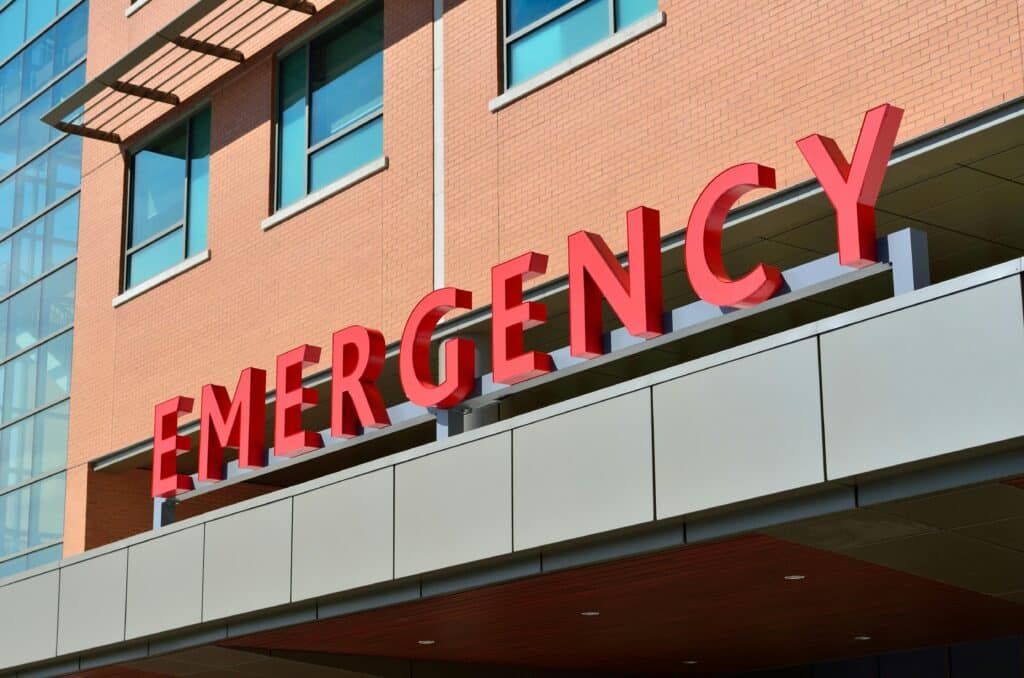
Hospital Throughput
MHA and Maryland hospitals collaborate to improve hospital throughput and provide efficient and excellent care to all Marylanders.
Caring for Patients 24/7/365
Maryland hospitals are open 24/7/365 and care for every person who enters their doors. For some time now, hospitals in Maryland have been overburdened due to a number of circumstances.
Hospital throughput can be affected by various factors, including patient volume, acuity of cases, the behavioral health crisis, and seasonal fluctuations. Hospital caregivers constantly work to balance the influx of patients, prioritizing those with life-threatening conditions. Triage nurses rapidly assess patients to identify the severity of their condition and prioritize care accordingly.
The Maryland Model ensures that every patient entering a hospital ED receives not just acute care, but assistance in finding the right place to further their care.

General Assembly Hospital Throughput Work Group
In 2023, the chairs of the Maryland Senate Finance Committee and the House Health and Government Operations Committee sent a letter to MHA requesting the formation of a multi-stakeholder work group aimed at making recommendations to improve the patient journey in Maryland. The General Assembly Hospital Throughput Work Group met for more than six months to look at the issue and provide recommendations that can be implemented by all involved in the health care ecosystem.

Ambulance Patient Offload Times
Ambulance Patient Offload Times vary due to a variety of factors. Some contributions to patient offload delays may include:
- Unavailable primary care
- Lack of access to behavioral and mental health services
- Challenges discharging patients from the hospital to nursing homes, rehabilitation, and other post-acute settings
- Hospital workforce shortages
- Social determinants of health, particularly patients who have no shelter or lack social support
Why has the time patients spend in emergency departments unavoidably crept up in recent years?
-
Historic hospital workforce shortages
Staffing shortages across the entire spectrum of health care can lead to backups. If a patient cannot get in to see a behavioral health specialist, then their medical concerns become more acute. -
Lack of appropriate care environments for geriatric patients
Inability to transfer elderly patients to appropriate skilled nursing and therapeutic environments. -
The state's behavioral health crisis
When facilities or services are not available for people who are ready to be discharged, hospitals must continue to care for them. Hospitals often cannot discharge medically stable patients, meaning inpatient beds are not available to admit emergency department patients. -
Limited access to primary and internal care
Per the American Association of Medical Colleges (AAMC), there are approximately 98 active patient care primary care physicians for every 100,000 residents. State providers are still struggling with the sudden influx of internal medicine and primary care patients following the COVID-19 pandemic.

Hospital Throughput Solutions
The new initiative by the MHA Throughput Collaborative focuses on improving hospitals’ EDs and throughput.